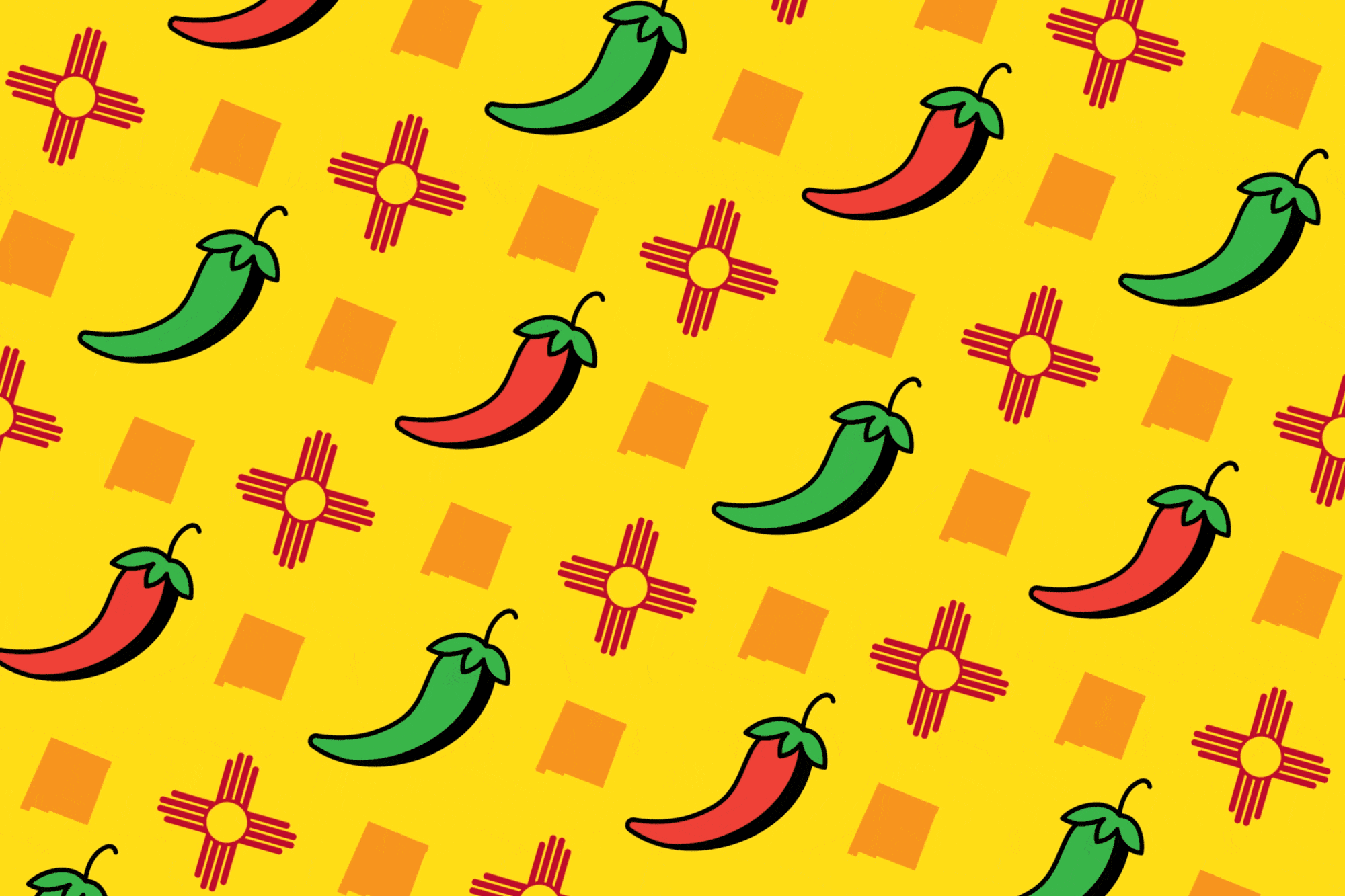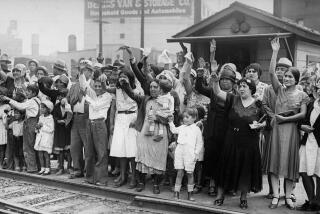Youth / OPINION : Mexican Today, the European Yesterday
- Share via
In the late 19th Century, as poverty-stricken families left the disease and persecution of their homelands, a wave of immigration swept through the United States. Creating a patchwork of nationalities and customs, this myriad of foreigners and uninvited newcomers established a foundation for what would soon become labeled a “melting pot” of cultures.
The alienation and estrangement that faced European immigrants upon their arrival in the “land of promise” foreshadowed the segregation and prejudice that awaited later immigrants. Today, as if mimicking the voices of history, the same cries to preserve the “American way” resound throughout the rusted political wires of our government.
It was during the 40-year period between 1860 and 1900 that more than 14 million immigrants crossed the vast ocean between the continents of Europe, Asia and North America in search of greater opportunity and economic stability. As the flow of immigration rapidly increased, national origins began to shift. Before 1880, immigration to America was generally from the British, German and Scandinavian vicinities of Europe. (with the Irish and Germans qualifying as the largest group of immigrants). By 1890, however, the number fell by half, and Italian Catholics and Eastern European Jews began to dominate the flow.
Though immigrants did not all share a common origin, the forces that united them were the dissatisfaction and social upheaval that had driven them to leave their motherlands. Overpopulation had left many without opportunity, desperate for work and on the brink of starvation. Great famines, most notably Ireland’s potato famine, and deadly epidemics left many without viable options.
An idealized view of the United States compelled many Europeans to buy one-way tickets to the promise of a better future.
The future, however, was not what they had anticipated. Greeted with disregard and alienation, immigrants were immediately faced with an obvious cultural clash. Citizens who sought to preserve the “American way” felt threatened by the new competition and feared the dilution of the American racial stock. By passing laws that set limits on European immigrants, these “concerned” citizens hoped to significantly weaken the impact of the threat. And the the movie “Birth of a Nation” reinvigorated the anti-Catholic, anti-Semitic, anti-foreigner and anti-black Ku Klux Klan.
Ninety years later, facing the glow of the 21st Century, it is sad to say that not much has changed. Though the wave of immigration has relocated, its cause and effect remains the same. Yesterday it was the starved European. Today it is the underprivileged Mexican.
Most migrants who cross the Mexican border come in search of work, as did the Europeans. And though many may wish to refute it, most cross the border for the same political reasons as Europeans did. It is also true that upon their arrival both groups created ethnic communities. The barrios in East Los Angeles and the Pico-Union district could easily be compared to the poverty-stricken wards of 19th-Century New York, where residents mainly associated with people of their own ethnicity. Immigrants have always taken low-paying jobs shunned by Americans, and yet then and now they have been accused of stealing American jobs. How both statements could possibly be correct I do not know, but both have been used to the disadvantage of the migrant worker. Those who benefit from the division of Americans and immigrants are the people in positions of power who used this to distract people from the problems of corruption. In 1882, after the cry, “The Chinese must go. They are stealing our jobs!” the Chinese Exclusion Act was passed to restrict immigration. Again such divisive tactics are being proposed in hopes of achieving the same outcome.
More to Read
Sign up for Essential California
The most important California stories and recommendations in your inbox every morning.
You may occasionally receive promotional content from the Los Angeles Times.










